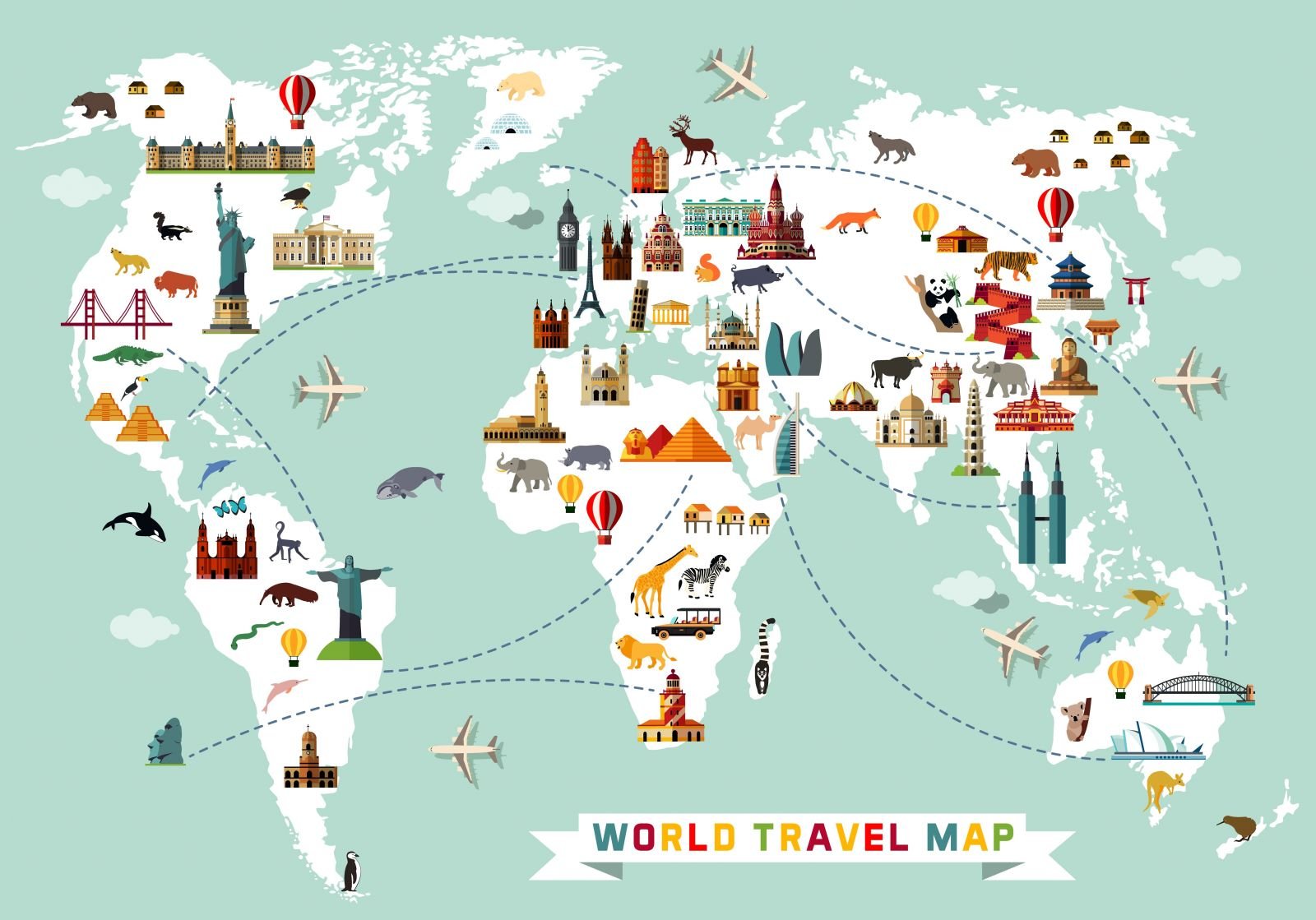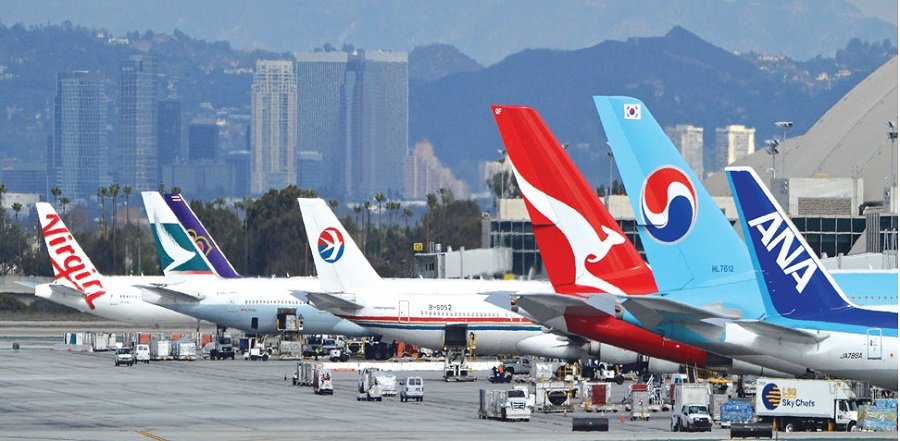5 ways the aviation industry has impacted the modern world.
The aviation industry has revolutionised the way we live and work, connecting people and places like never before. From business trips to family vacations, air travel has become an essential part of our lives. The evolution of passenger aircraft has played a key role in this transformation, and today's airliners are more advanced and efficient than ever before. Here are five ways the impact of the aviation industry has shaped modern society and influenced the ongoing evolution of passenger aircraft.
Increased Global Connectivity Airliners have made the world a smaller place, connecting people and cultures across continents. With the advent of commercial air travel, cities and countries that were once far-flung and difficult to access are now just a few hours away. This has had a profound impact on tourism, business, and education. Travelers can now explore new places, meet new people, and experience different cultures, while businesses can connect with partners and clients all over the world.
The world has shrunk as far as accessibility is concerned. Instead of weeks or months to reach far off places, most can now be reached within a day.
2. Economic Growth The aviation industry has also been a major driver of economic growth. Air travel has created jobs, stimulated trade and commerce, and opened up new markets. According to a report by the Air Transport Action Group, the aviation industry contributes over $2.7 trillion to the global economy, supporting 65.5 million jobs worldwide. The ongoing evolution of passenger aircraft is helping to fuel this growth, with airlines investing in more fuel-efficient and environmentally friendly planes.
The global aviation industry is a huge contributor to national economies in generating jobs, income and bringing in foreign funds.
3. Technological Advancements The ongoing evolution of passenger aircraft has been fueled by technological advancements. From the early days of aviation to the present, aircraft designers have been pushing the boundaries of what is possible, with each new generation of planes becoming faster, more efficient, and more comfortable. Today's airliners feature advanced avionics, sophisticated navigation systems, and state-of-the-art entertainment systems. As technology continues to evolve, we can expect to see even more innovation in the aviation industry.
The Boeing 787 Dreamliner is a great example of technological advancement in the aviation industry. Many new advancements were made in materials used, construction methods and new designs.
4. Environmental Impact While air travel has brought many benefits, it has also had a significant environmental impact. Aircraft emissions contribute to climate change, and noise pollution can have a negative impact on communities living near airports. The ongoing evolution of passenger aircraft is focused on reducing this impact, with airlines and aircraft manufacturers investing in more fuel-efficient planes, alternative fuels, and noise-reducing technologies.
Flying environmentally and socially more friendly is a huge focus for airline manufacturers as they strive to find more sustainable and less polluting fuels as well as reducing aircraft noise.
5. Safety and Security Safety and security have always been a top priority in the aviation industry, and the ongoing evolution of passenger aircraft has helped to make air travel even safer. From improved materials to better communication and navigation systems, each new generation of planes is designed with safety in mind. Similarly, security measures have been stepped up in response to new threats, with airlines and governments working together to ensure the safety of passengers and crew.
Meticulous adherence to maintenance schedules and procedures which are constantly being reviewed is one way that flight safety is maintained on the thousands of aircraft in the air at any one time.
In conclusion, the impact of airliners on modern society has been profound, connecting people and places in ways that were once unimaginable. The ongoing evolution of passenger aircraft continues to shape the aviation industry, with airlines and aircraft manufacturers investing in new technologies and innovations to improve efficiency, reduce environmental impact, and enhance the passenger experience. As we look to the future, it is clear that the impact of airliners will continue to shape the way we live, work, and travel.





